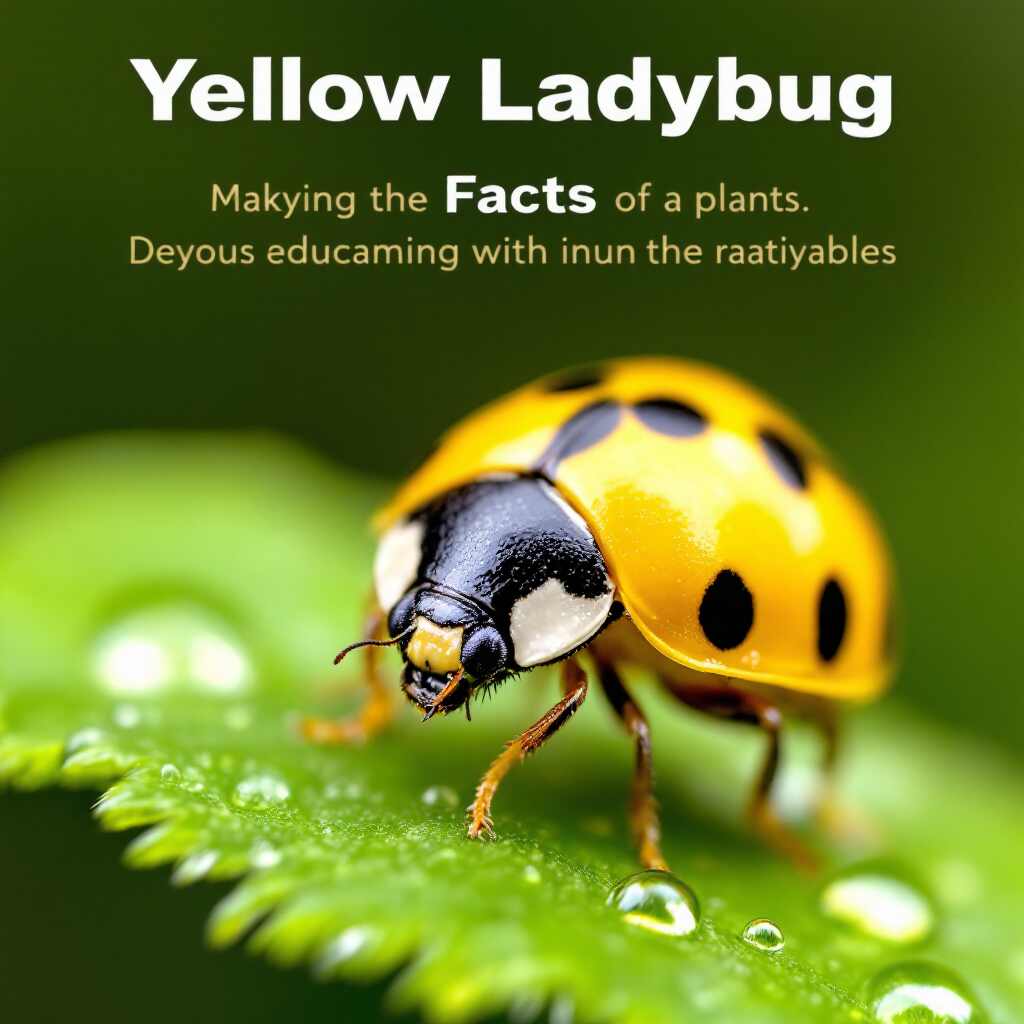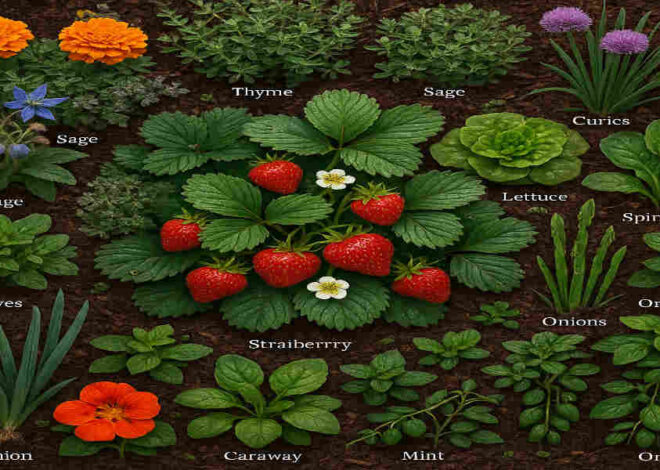
Everything Home Gardeners Should Know About Yellow Ladybugs
Ladybugs are a common sight in gardens worldwide, often hailed as a symbol of good luck and a natural aid in controlling pests like aphids. Among these, the yellow ladybug stands out due to its unique color and characteristics. Understanding these cheerful insects is crucial for gardeners and nature enthusiasts who appreciate their role in the ecosystem and wish to encourage their presence.
What Is a Yellow Ladybug?

The term “yellow ladybug” refers to several species of ladybugs that are not the typical red color we often encounter. These include the Asian lady beetle (Harmonia axyridis), among others. Unlike their red counterparts, yellow ladybugs can be identified by their distinct yellow coloration and the characteristic M-shaped pattern on their heads. They play a beneficial role in gardens by feasting on pests such as aphids, thus helping to maintain the health of plants without the need for chemical pesticides.
The Life Cycle of Yellow Ladybugs
Yellow ladybugs undergo four life stages: egg, larva, pupa, and adult. The intriguing transformation during metamorphosis sees them change from tiny eggs to visually distinct larvae, eventually into the yellow adults known for their gardening benefits. The larvae are particularly voracious and play a significant part in aphid control. Adult yellow ladybugs can live up to one year, during which they continue to contribute positively to their environment.
Types of Yellow Ladybugs
There are several species of yellow ladybugs, each with unique attributes:
- Asian lady beetle (Harmonia axyridis): Often seen in shades, including yellow.
- 22-spotted yellow ladybug (Psyllobora vigintiduopunctata): Known for its distinctive 22 spots.
- Squash lady beetle (Epilachna borealis): Typically found on squash plants.
- Convergent lady beetle (Hippodamia convergens): A common sight in North American gardens. These species vary in their dietary preferences and potential as garden pests or helpers.
Ecological Role and Benefits of Yellow Ladybugs
Yellow ladybugs are invaluable for natural pest control, preying on aphids, scale insects, and mites. Their presence helps reduce the need for chemical pesticides, thus promoting a healthier garden environment. Additionally, they contribute to biodiversity and help maintain ecological balance, showcasing the importance of fostering these beneficial insects, even those considered invasive.
Yellow Ladybugs and Human Interaction
In autumn, yellow ladybugs may seek shelter indoors, which can lead to infestations. While they are not harmful or poisonous, their bites can be irritating and may cause allergic reactions in some people. Homeowners should focus on humane removal techniques and preventive measures to manage these indoor invasions effectively.
Cultural Significance and Symbolism of Yellow Ladybugs
In various cultures, yellow ladybugs are seen as bearers of luck, joy, and prosperity. These beliefs influence how people perceive and interact with these beetles, often welcoming them in gardens and homes for the good fortune they are thought to bring.
How to Identify a Yellow Ladybug
Identifying a yellow ladybug involves noting the yellow coloration, the number of spots, and the M-shaped mark on the head. These features distinguish them from other beetles and are crucial for proper identification in nature or one’s garden.
Interesting Facts About Yellow Ladybugs
Yellow ladybugs use their bright color to defend themselves from predators by signaling their distastefulness. They can also secrete a foul-tasting fluid when threatened. Beyond their ecological role, yellow ladybugs have been subjects in scientific studies and even space experiments, highlighting their importance in various research fields.
Managing Yellow Ladybugs in Your Garden and Home
Encouraging the presence of yellow ladybugs in gardens is beneficial for natural pest control. However, managing their numbers and dealing with invasive species like the Asian lady beetle requires careful strategies to maintain a balanced ecosystem. Effective control of indoor infestations also involves safe and humane methods.
Conclusion
Yellow ladybugs are more than just a colorful addition to the garden; they are vital players in the ecological balance, offering natural pest control and contributing to biodiversity. By understanding and appreciating these “lucky” beetles, gardeners and nature lovers can better manage their presence and ensure a healthy, thriving garden ecosystem.
You may also read (best fertilizer for tomatoes top organic and balanced options for a bountiful harvest)


